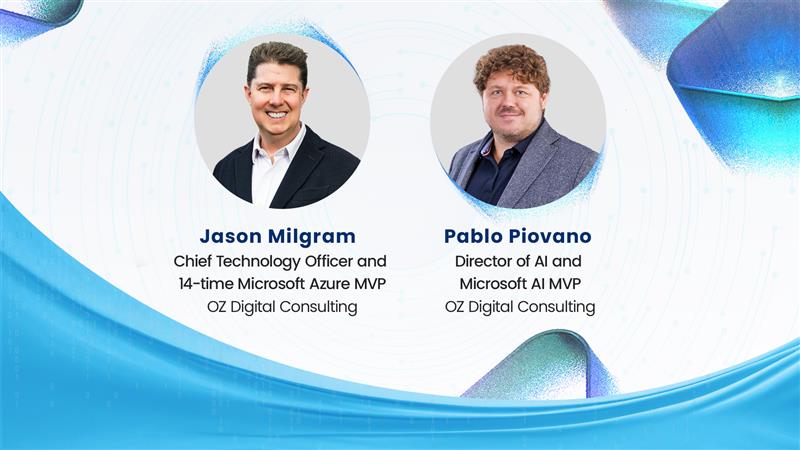What do WhatsApp, Instagram, YouTube, and Uber all have in common? Sure, they’re all billion-dollar companies, but the interesting thing about them is how fast they scaled—with surprisingly small teams. When Instagram sold to Facebook, they had just 13 employees. Uber was only 23-people strong when it went public. So, how did they pull it off?
These companies chose to compose solutions instead of endlessly writing code. Take Uber for example. Instead of building everything in-house, they used APIs for key features—like maps for real-time tracking and payment gateways for mobile transactions. As a result, hundreds of thousands of drivers and passengers, including Uber’s developers could use the app simultaneously.
Had Uber tried to code every feature from scratch, they would’ve needed an army of developers. Instead they funneled all their efforts into composing solutions—plugging in existing capabilities—which let them scale quickly without bloating their team.
Most top companies today compose platforms, applications, and intelligence. They reuse many of the capabilities that are exposed as APIs to enhance the experience of their users.
And it’s not just about using APIs. Companies are looking for an integrated cloud system that connects their legacy, SaaS, and on-prem applications. They want that same system to not only consume APIs but also create, publish, and manage them.
It’s now table stakes to have standard connectivity to many of the systems that expose themselves via RESTful or web services. Many businesses also expect standard adaptors to some of the applications that have more challenging interfaces like SAP, NetSuite, and Salesforce.
And here’s the kicker—they don’t want only developers in the mix. Many organizations want their technical business analysts to be involved in the creation of some of their integrations.
Integration + APIs: A Dynamic Duo
That brings us to the question: Are APIs and integration two sides of the same coin? The short answer is yes. While APIs provide a standard way for applications to talk to each other, integration is the process of connecting different systems together, often using APIs to exchange data.
APIs define the rules and protocols for one piece of software to interact with another, whether it’s retrieving data, performing actions, or triggering events. Think of APIs as the language systems use to talk to each other. Without APIs, applications would operate in isolation, unable to share or exchange information.
Integration, on the other hand, is the process of connecting multiple systems so they can work together as a unified whole. While APIs are often the mechanism through which integration happens, integration is much more than just API connectivity. It involves mapping data, transforming it to fit the needs of different systems, handling errors, and ensuring smooth communication across a complex network of applications, whether they are on-premises, in the cloud, or part of a hybrid environment.
[Download the e-book: Three Digital Integration Trends Reshaping the Business Landscape]
You can’t have great integration without APIs. And without integration, APIs are just unconnected pieces. A solid API integration strategy lets you connect your most valuable data—without ripping out legacy systems. Plus, it’s flexible enough to evolve with a cloud-first architecture if needed.
According to the Gartner report, “How Pervasive Integration Enables Your API Initiatives (and Vice Versa): “APIs and integration technology are intimately correlated. API initiatives require integration technologies, and API-enabling technologies are essential components in any strategic integration infrastructure.”
Modern businesses rely on both APIs and integration to achieve their goals. APIs allow developers to access and reuse existing functionality without reinventing the wheel. For example, a travel booking platform might use APIs to pull flight data from an airline, hotel availability from a hospitality chain, and payment services from a financial provider.
[Learn how we helped Hard Rock integrate 10,000 systems — download case study]
But simply having APIs isn’t enough. The travel platform must also integrate these different services into a cohesive user experience. That means ensuring data from all these sources is compatible, error-free, and provides information to users in real time. This is where integration becomes critical—it ensures that the APIs work together seamlessly.
Also worth noting is that integration frameworks often include tools for managing APIs. Enterprises don’t just consume APIs; they create and publish their own. A comprehensive integration strategy will also include an API management layer to monitor usage, enforce security policies, and control access.
Looking Ahead: IoT and Beyond
As technology evolves and the Internet of Things (IoT) grows, APIs will play an even bigger role. With 8 billion devices expected to connect online in the coming years, APIs—designed for cloud-first, multi-user environments—are perfectly perched to handle this explosion in connectivity and app development.
[Download our e-book: Future App: Overcoming the 3 Major Challenges to Unlocking the Power & Promise of Today’s Modern Applications]
Ready to Get Started?
A successful digital transformation strategy requires both: APIs to unlock capabilities and integration to orchestrate them into a unified solution. Businesses that master both are better equipped to innovate, scale, and stay competitive.
Modernizing your organization’s approach to APIs and integration isn’t just a nice-to-have—it’s mission-critical. But it can feel overwhelming without the right partner.
That’s where OZ Digital Consulting can help. With over 25 years of experience in integration and APIs, we help businesses unlock new revenue streams and future-proof their technology. We’ve partnered with Microsoft, combining their tech with our custom solutions for companies like Hard Rock, Royal Caribbean, RoomsToGo to name a few.
Curious how we can help you hit your transformation goals? Visit our enterprise integration and app innovation pages to learn more. Let’s build something transformative—together. Contact us.




